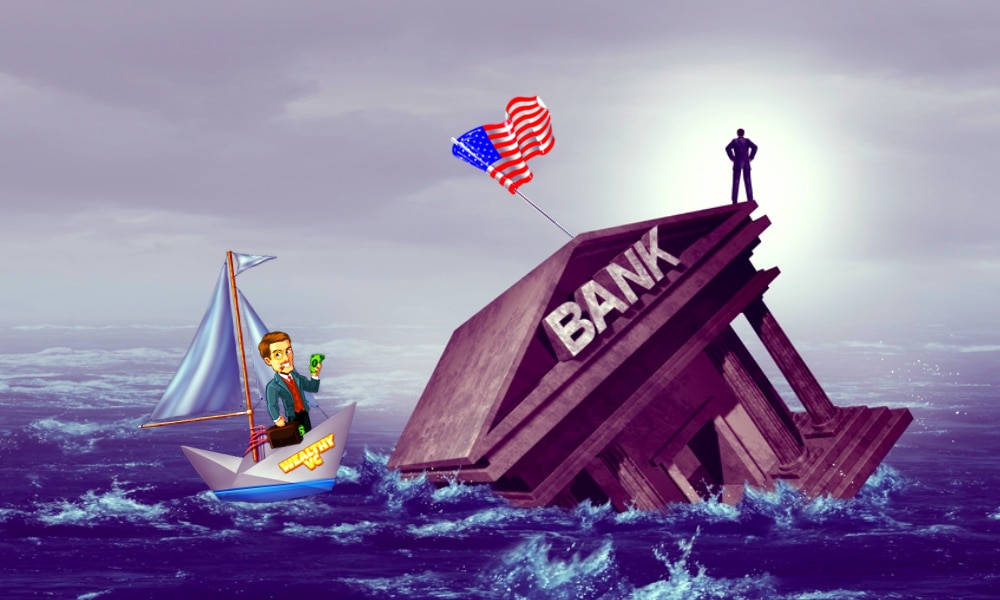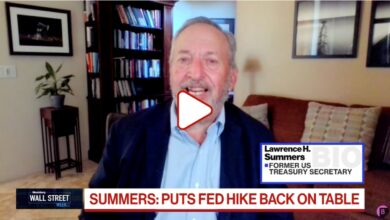U.S. Banking Crisis Could See a Staggering 190 Banks Collapse According to a New Study (VIDEO)

Last Week, First Republic Bank Became the Third Bank This Year to Collapse, and Now PacWest Bancorp is Teetering on the Edge of Becoming the Fourth
With news of a recent study on the fragility of the American banking system reporting that a total of 186 additional banks are at risk of failure, it poses the question, is the United States headed towards a tsunami of bank failures?
With First Republic Bank joining Silicon Valley Bank and Signature Bank as the third bank since March 2023 to collapse, it has reignited talk on Wall Street that the U.S. could soon experience a tsunami of bank failures. After Washington Mutual failed during the 2008 financial crisis, First Republic Bank is the second-largest bank collapse in U.S. history.
After the failures of Silicon Valley Bank and Signature Bank in March of this year, a study was conducted on the fragility of the American banking sector. The study, “Monetary Tightening and U.S. Bank Fragility in 2023: Mark-to-Market Losses and Uninsured Depositor Runs?” uncovered that a staggering 186 additional U.S. banks are currently at risk of failure if half of their uninsured depositors decide to withdraw their funds.
Video: Yahoo Finance YouTube

This leads us to the obvious question, why are U.S. regional banks beginning to fail? The answer to that question in reasonably simple. The Federal Reserve’s aggressive campaign of interest rate hikes to fight inflation has severely eroded the valuation of bank assets like mortgage-backed securities and government bonds.
In the research study, an economist wrote:
As explained by the Federal Reserve Bank of St. Louis, during the Covid pandemic, when deposits were plentiful, and yields were low, many banks increased their bond holdings.
For the most part, bonds pay a fixed interest rate, which becomes attractive to investors when interest rates decline, thus increasing the demand and price of the bond. Nevertheless, when rates rise, the bond price drops as the bond’s low fixed interest rate is no longer attractive to investors.
For the majority of banks, their bond losses will stay unrealized on paper. However, for liquidity reasons, some banks have had to sell these bonds and, as a result, have incurred massive losses.
Read More:



Follow Wealthy VC on Social Media: Facebook | Instagram | Twitter | LinkedIn | GETTR | Tumblr
????Join the Discussion in the Wealthy VC Investor Group
????Have a Stock Tip or New Story Suggestion? Email us at Invest@WealthyVC.com





